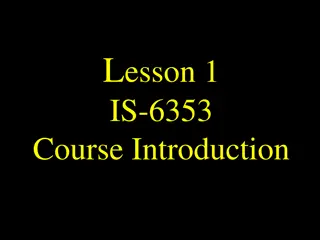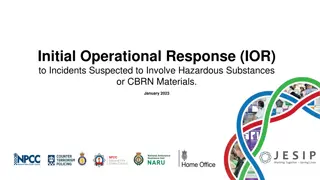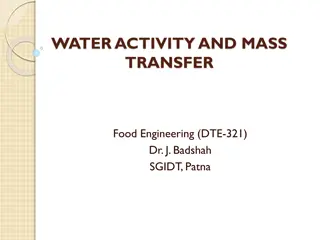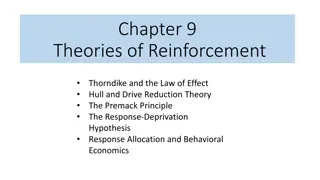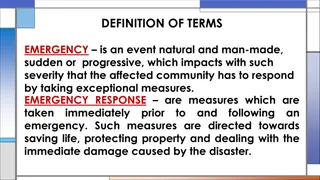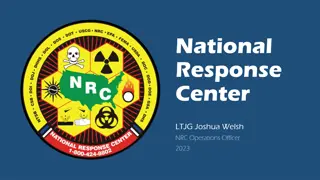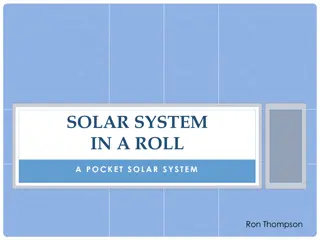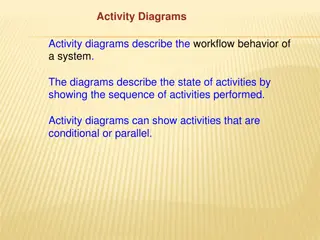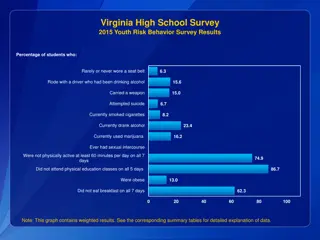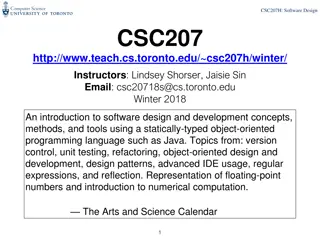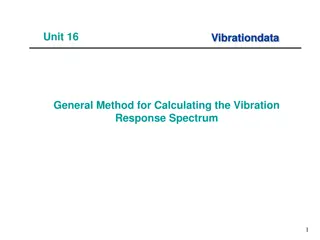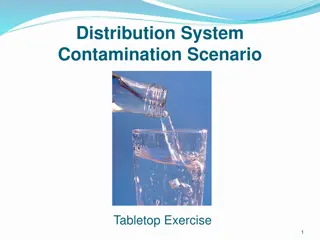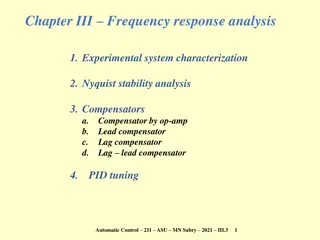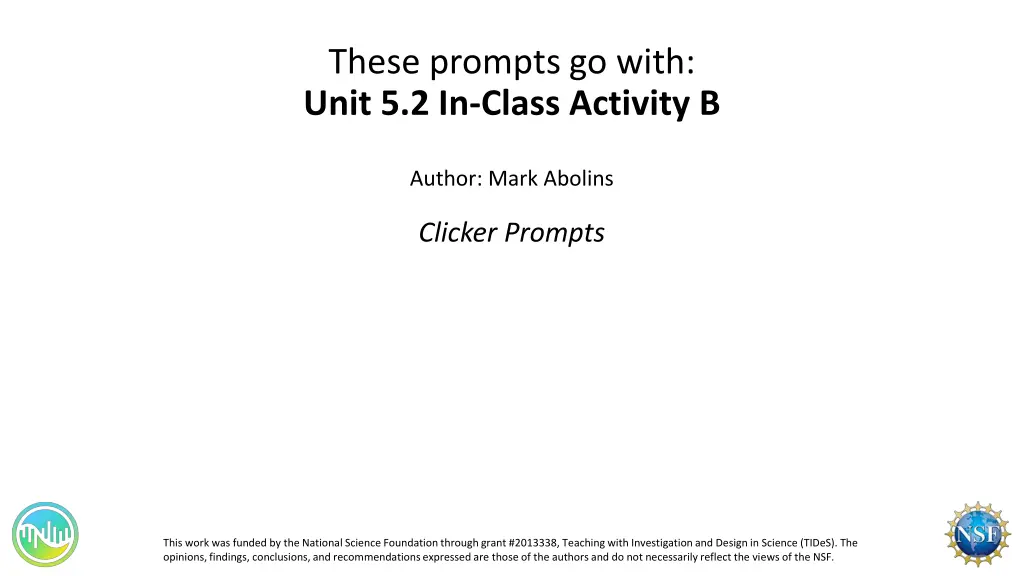
Unit 5.2 In-Class Activity B Clicker Prompts by Mark Abolins
Explore clicker prompts related to discharge and precipitation in this in-class activity by Mark Abolins. Discover the highest discharge month, examples of large precipitation events, and more.
Download Presentation

Please find below an Image/Link to download the presentation.
The content on the website is provided AS IS for your information and personal use only. It may not be sold, licensed, or shared on other websites without obtaining consent from the author. If you encounter any issues during the download, it is possible that the publisher has removed the file from their server.
You are allowed to download the files provided on this website for personal or commercial use, subject to the condition that they are used lawfully. All files are the property of their respective owners.
The content on the website is provided AS IS for your information and personal use only. It may not be sold, licensed, or shared on other websites without obtaining consent from the author.
E N D
Presentation Transcript
These prompts go with: Unit 5.2 In-Class Activity B Author: Mark Abolins Clicker Prompts This work was funded by the National Science Foundation through grant #2013338, Teaching with Investigation and Design in Science (TIDeS). The opinions, findings, conclusions, and recommendations expressed are those of the authors and do not necessarily reflect the views of the NSF.
1. The highest discharge happened in which month? a. January b. May c. September d. December This work was funded by the National Science Foundation through grant #2013338, Teaching with Investigation and Design in Science (TIDeS). The opinions, findings, conclusions, and recommendations expressed are those of the authors and do not necessarily reflect the views of the NSF.
1. The highest discharge happened in which month? a. January b. May c. September d. December This work was funded by the National Science Foundation through grant #2013338, Teaching with Investigation and Design in Science (TIDeS). The opinions, findings, conclusions, and recommendations expressed are those of the authors and do not necessarily reflect the views of the NSF.
2. Best example of a large amount of precipitation and a large amount of discharge: __________. C A B This work was funded by the National Science Foundation through grant #2013338, Teaching with Investigation and Design in Science (TIDeS). The opinions, findings, conclusions, and recommendations expressed are those of the authors and do not necessarily reflect the views of the NSF.
2. Best example of a large amount of precipitation and a large amount of discharge: __________. C A B This work was funded by the National Science Foundation through grant #2013338, Teaching with Investigation and Design in Science (TIDeS). The opinions, findings, conclusions, and recommendations expressed are those of the authors and do not necessarily reflect the views of the NSF.
3. Lowest precipitation: ___. a. 2013 b. 2015 c. 2016 d. 2018 This work was funded by the National Science Foundation through grant #2013338, Teaching with Investigation and Design in Science (TIDeS). The opinions, findings, conclusions, and recommendations expressed are those of the authors and do not necessarily reflect the views of the NSF.
3. Lowest precipitation: ___. a. 2013 b. 2015 c. 2016 d. 2018 This work was funded by the National Science Foundation through grant #2013338, Teaching with Investigation and Design in Science (TIDeS). The opinions, findings, conclusions, and recommendations expressed are those of the authors and do not necessarily reflect the views of the NSF.
4. In addition to 2013, there was one other year when no flooding happened. Which year was it? a. 2015 b. 2016 c. 2018 This work was funded by the National Science Foundation through grant #2013338, Teaching with Investigation and Design in Science (TIDeS). The opinions, findings, conclusions, and recommendations expressed are those of the authors and do not necessarily reflect the views of the NSF.
4. In addition to 2013, there was one other year when no flooding happened. Which year was it? a. 2015 b. 2016 c. 2018 This work was funded by the National Science Foundation through grant #2013338, Teaching with Investigation and Design in Science (TIDeS). The opinions, findings, conclusions, and recommendations expressed are those of the authors and do not necessarily reflect the views of the NSF.
5. Includes the highest discharge event: ___. a. 2013 b. 2015 c. 2016 d. 2018 This work was funded by the National Science Foundation through grant #2013338, Teaching with Investigation and Design in Science (TIDeS). The opinions, findings, conclusions, and recommendations expressed are those of the authors and do not necessarily reflect the views of the NSF.
5. Includes the highest discharge event: ___. a. 2013 b. 2015 c. 2016 d. 2018 This work was funded by the National Science Foundation through grant #2013338, Teaching with Investigation and Design in Science (TIDeS). The opinions, findings, conclusions, and recommendations expressed are those of the authors and do not necessarily reflect the views of the NSF.

